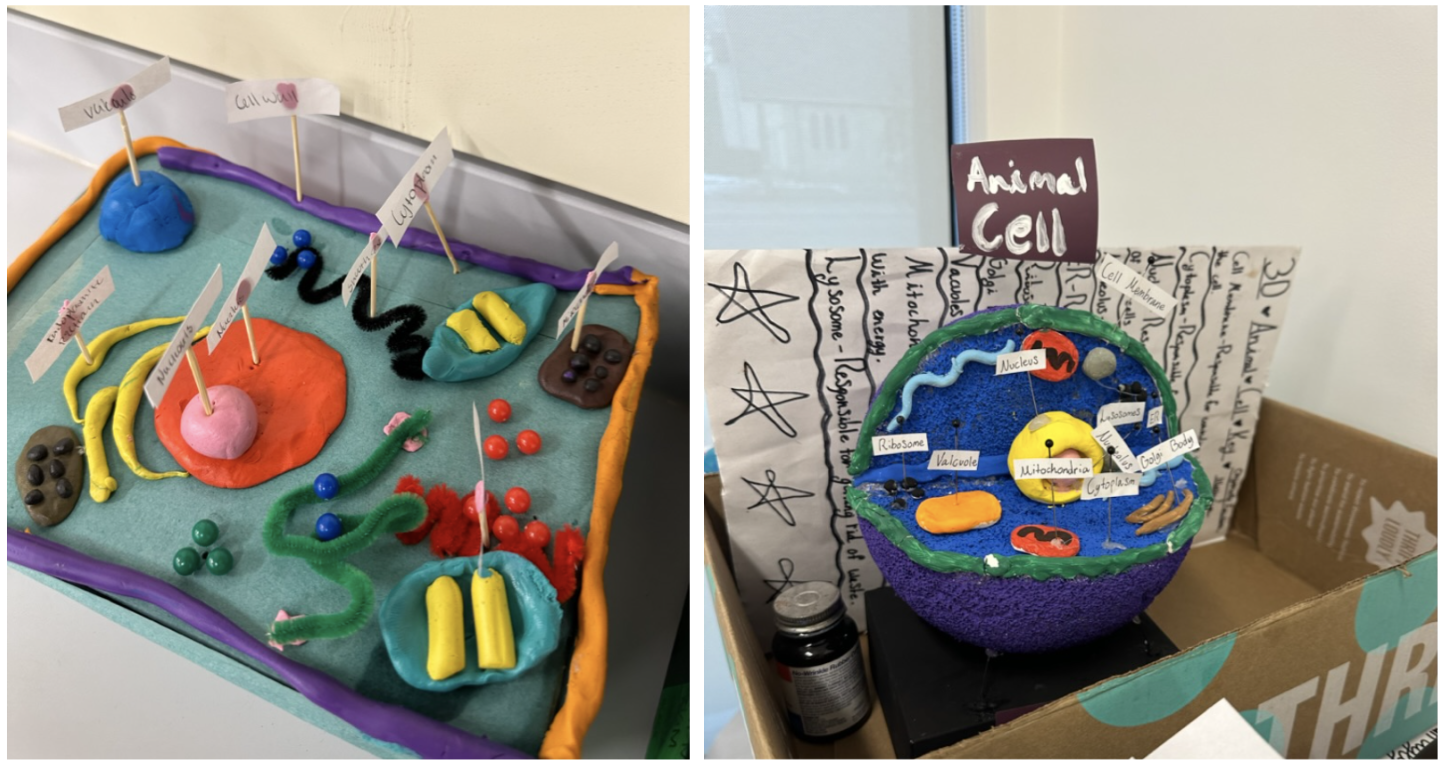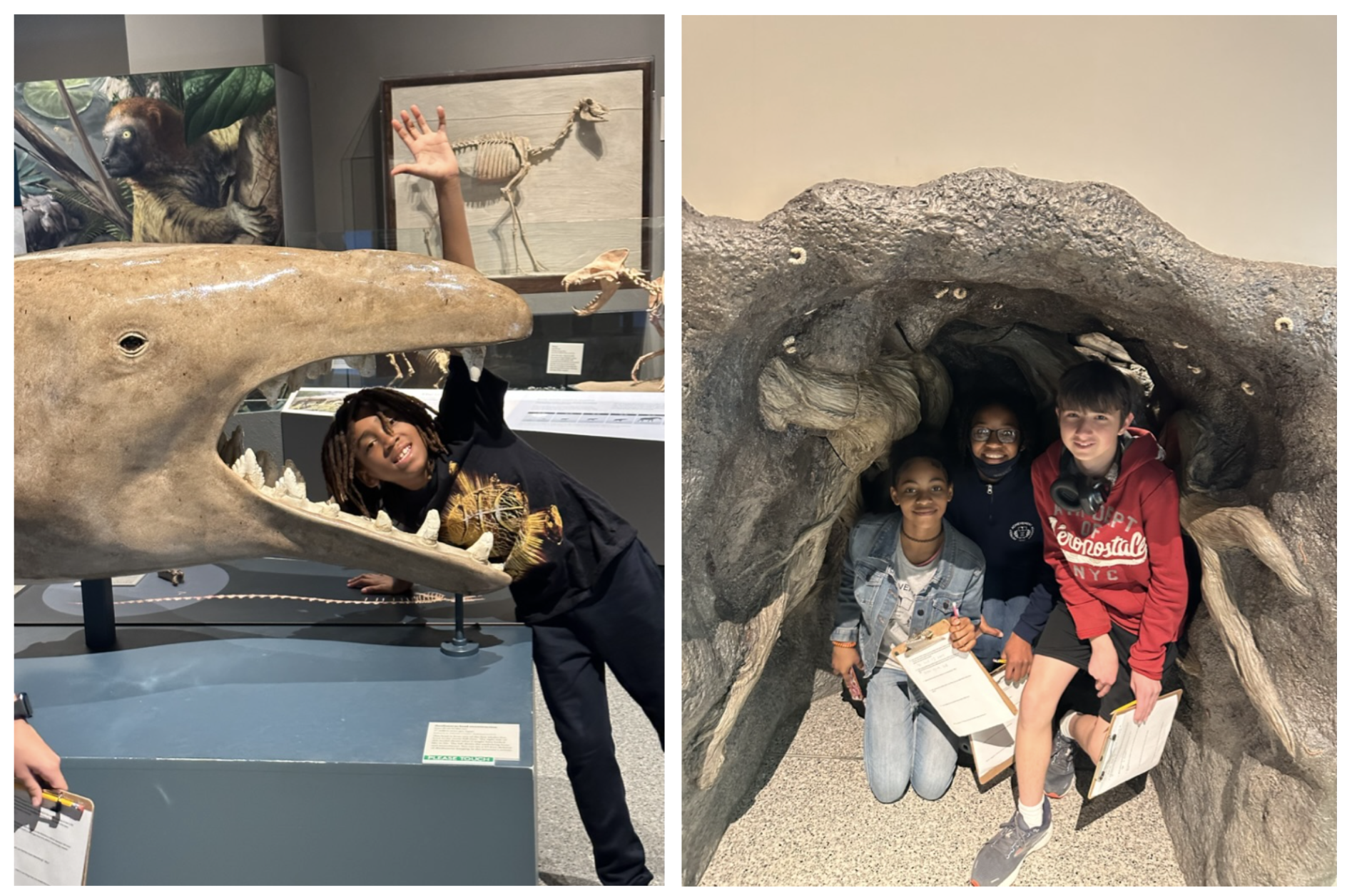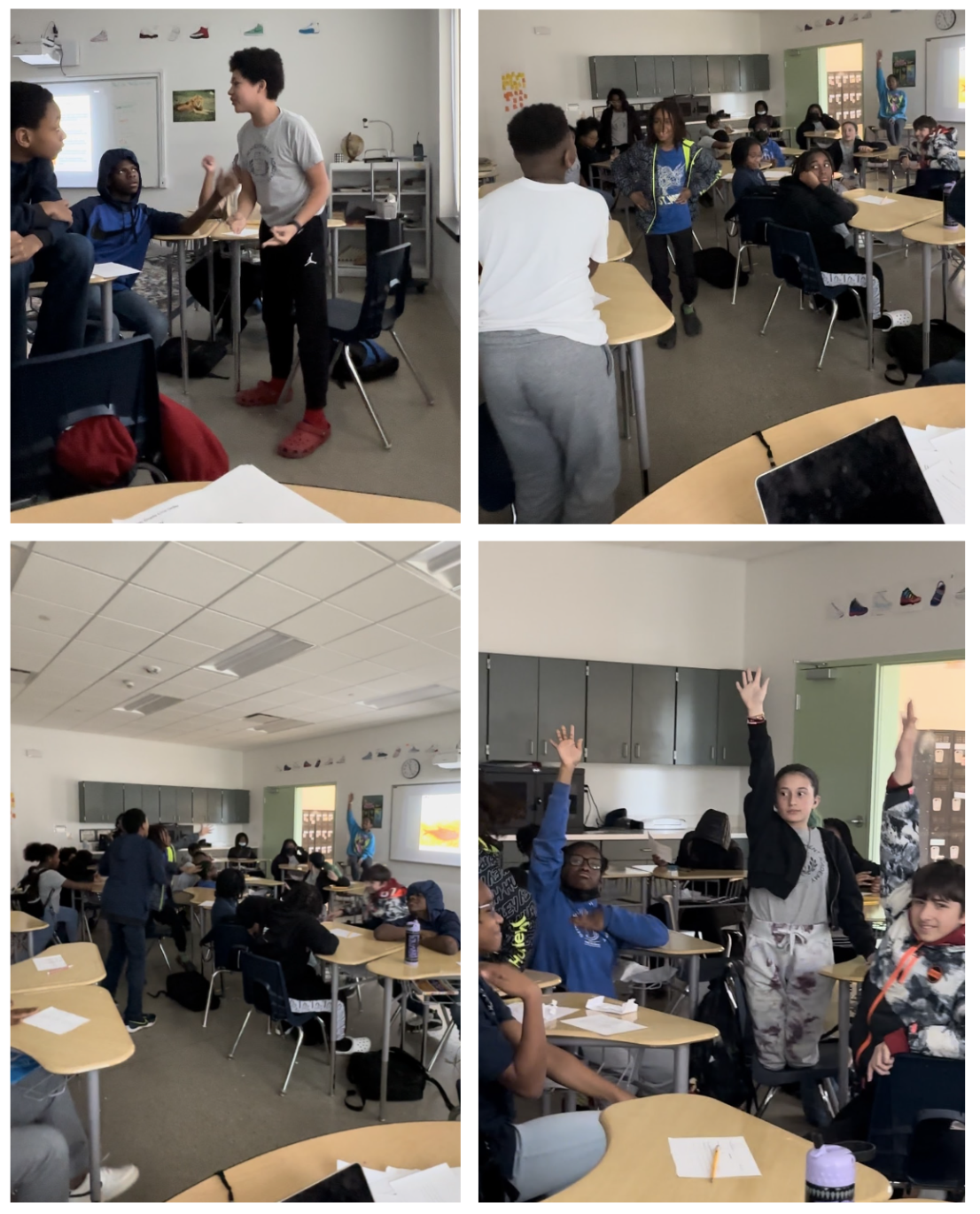Creating a Captivating Classroom
When I first began my journey here at DAA this school year I asked my students what type of things they would like to do in science. Knowing that I was their first official science teacher at DAA I prepared myself to hear many requests for making slime, elephant toothpaste, mixing chemicals to make something new, and some sort of explosion. Their responses were pretty much on par for what I expected, but the truth is, every student I have ever encountered, from middle school to even high school, desires to do these same types of experiments in science class.
While I applaud the many science channels on YouTube and science shows like Bill Nye the Science Guy for doing an excellent job in exposing kids to science in their early childhood, it is these same shows that give kids false expectations (though not intentionally) when they actually enter into a science class. Kids often come into class with the expectation that everyday will be a lab and that in the lab something is going to form, spark, or explode.
So how does one keep the flame of curiosity burning in students? How do you hook students and keep them engaged in the parts of science that they may consider boring? This year I did a variety of things to keep students excited and engaged. For the Life Science section of the science curriculum I introduced my 7th graders to cells by having them assemble a model of either a plant cell or an animal cell. 8th grade did something similar, but went more in depth by thinking of analogy and comparing the functions of each part of a cell with something like an object, movie or tv show.
Typically, one of the hardest units to teach in science is the evolution unit. Learning about fossils and evolution is not considered exciting amongst middle schoolers. However, the middle schoolers of DAA showed me that they were excited to learn about it all. To build upon what we had been learning about evolution, DAA middle schoolers went on a field study to U of M National History Museum where they were able to see how certain species evolved and they also got to see some pretty cool fossils.
In addition to the museum, 6th grade remained highly invested in learning about fossils by having a debate about how a fish fossil found in the desert got there. Their debate kept them highly engaged the entire class period and left them anticipating the next scientific debate.
As my first year as DAA’s science teacher comes to an end, I can honestly say I am proud of how invested the middle schoolers were this year when it came to every area of science that we covered. I have never taught a group of students that came to class each day ready to engage in science like I did this year and I look forward to the curious minds ready to explore the world of science next school year.





